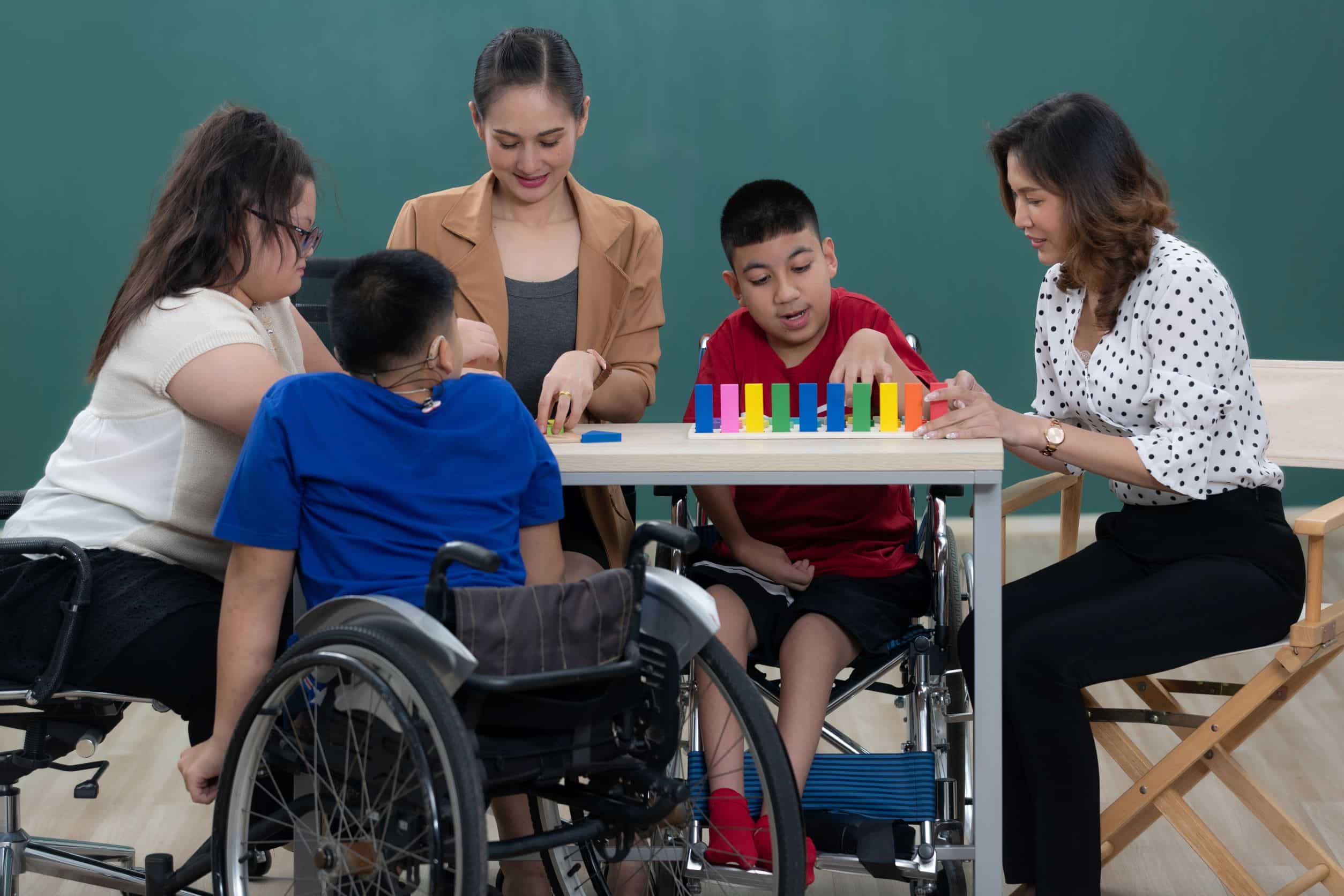Education Policy Brief #211 | Charlie Sweeney | October 23, 2025
While most of the major media headlines about the Trump Administration’s education policies have focused on ideological battles with the nation’s premier universities, a quieter but more radical reshaping is taking place at the heart of the American education system itself.
When the Trump administration took office on January 20, 2025, its first moves sent shockwaves through classrooms across the country — especially for students with disabilities. For decades, federal laws like the Rehabilitation Act of 1973 and the Individuals with Disabilities Education Act (IDEA) have guaranteed every child a free and appropriate education. But as the new administration began reorganizing the Department of Education, many families started to wonder whether those rights would still hold the same meaning.
Within weeks, the Department of Education announced major staff cuts and rolled back key guidance documents. Hundreds of employees who monitored compliance with IDEA were dismissed or reassigned. Offices that once advised schools on federal special-education requirements fell silent. The message was clear: less federal oversight, more “local control.” For families of children with disabilities, that meant confusion and uncertainty. Districts didn’t know which rules still applied or who to call for help. Reporting by Education Week and The Hechinger Report detailed how these cuts disrupted special-education oversight and left parents facing long delays in getting help for their children.
By mid-2025, the administration began exploring an even larger structural shift — moving special-education programs, including IDEA, out of the Education Department and into the Department of Health and Human Services. The stated goal was efficiency and flexibility for states. But critics saw danger ahead. Moving oversight away from career education specialists, they warned, could weaken the federal protections that millions of students depend on. Analysis from the Brookings Institution described this as one of the most sweeping bureaucratic reorganizations of special-education governance in half a century.
The legal rights of students with disabilities technically remain intact. But with fewer federal staff, slower investigations, and shifting rules for grant distribution, those rights are harder to enforce. Schools may delay evaluations or reduce therapy and support services. In under-resourced districts, families could lose access to the very protections the 1970s laws were meant to guarantee. A review by the Center on Budget and Policy Priorities warned that these moves risk deepening inequities, leaving enforcement up to the uneven capacities of individual states.
Conclusion
The 2025 Trump administration’s changes didn’t repeal the landmark laws protecting students with disabilities — but they weakened the system that upholds them. Parents, advocates, and educators now face a tougher fight to ensure that every child, regardless of ability, continues to receive the education they are promised under federal law.
Sources
- Center on Budget and Policy Priorities — “Trump Administration Threatens Support for Children with Disabilities.”
- Education Week — “How Trump’s Layoffs Threaten Students with Disabilities.”
- Brookings Institution — “Trump Administration Weighs Future of Special Education Oversight and Funding.”
- Hechinger Report — “Parents, Advocates Alarmed as Trump Leverages Shutdown to Gut Special Education Department.”

